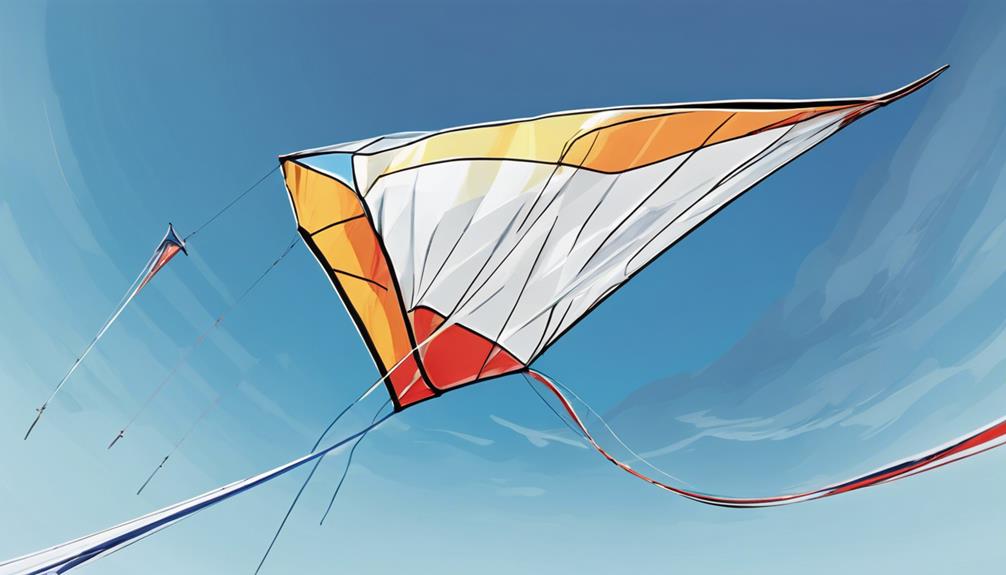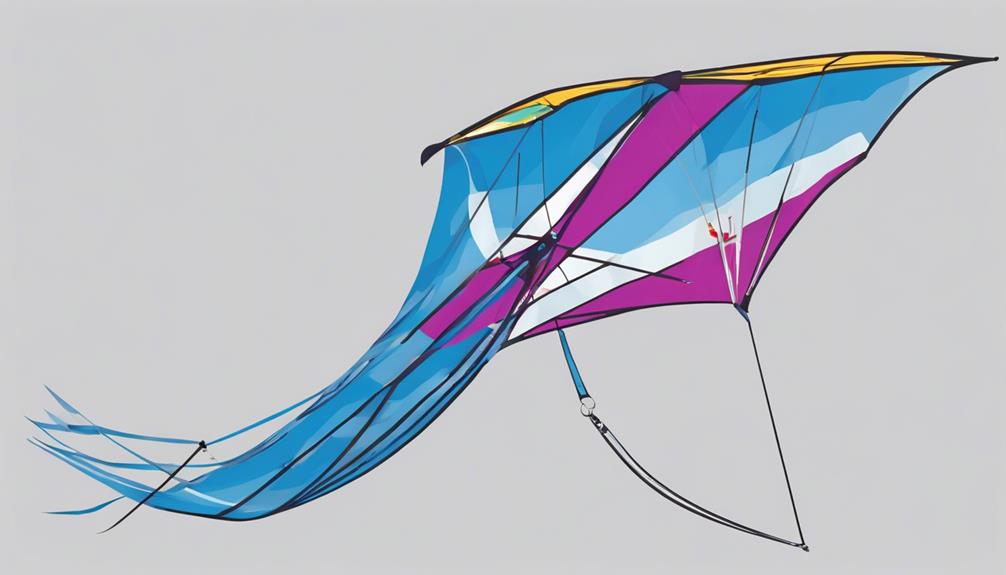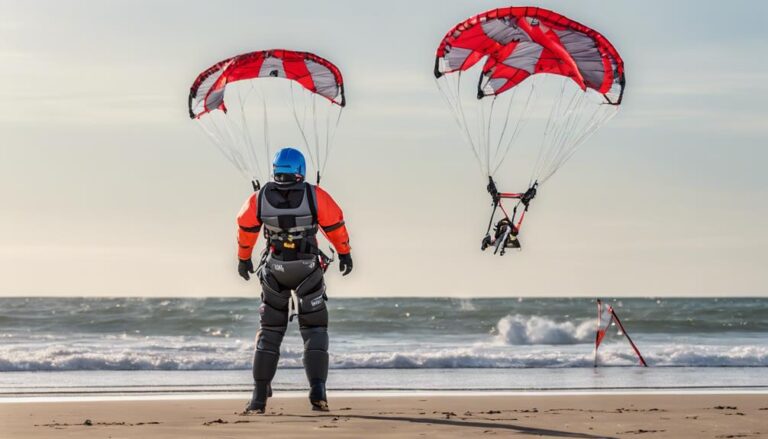You’ve mastered the basics, and conquered the intermediate, and now you’re eyeing the apex of stunt kite flying with an appetite for a challenge. The journey from the Axel to the intricate dance of a Backspin isn’t just about skill—it’s about precision, timing, and a touch of flair that sets the experienced flyers apart from the novices.
As you push the boundaries of what you thought possible, these top 5 advanced stunt kite tricks stand as your next horizon. But to truly grasp their complexity and finesse, you’ll need more than just descriptions; you’ll need insight into the subtle mechanics that make each maneuver a spectacle in the sky.
Stick around, and you’ll discover the secrets that can elevate your flying from impressive to truly remarkable.
Contents
Mastering the Axel

To master the axel, a cornerstone maneuver in stunt kite flying, you’ll need to execute a sharp, precise rotation by pulling on one line while steering the kite upwards into the wind window.
This pivotal trick revolves around a quick, sharp rotation centered on the kite itself. You’ll initiate this by executing a sharp pull on one line, a move that demands precision and timing. Getting the timing right is crucial; releasing the input at the perfect moment allows the kite to rotate smoothly, showcasing the beauty of the axel.
Practicing axels in varying wind conditions is key to understanding the nuanced timing and control required. Once mastered, the axel paves the way for smoother transitions into other advanced tricks, significantly enhancing your skill set in stunt kite flying.
Executing a Perfect Fade
After mastering the axel, advancing your skills with a perfect fade becomes your next challenge, requiring precise manipulation of the kite’s lines at the edge of the wind window. This maneuver is a cornerstone in the world of advanced kite tricks, demonstrating your control and finesse.
To execute a flawless fade, consider the following steps:
- Initiate the fade by flying the kite downwards at the wind window’s edge, setting up your maneuver.
- Achieve the ‘pancake position’ by giving slack to the lines, allowing the nose of the kite to flare outward.
- Swing the kite into the fade position by pulling on both lines simultaneously, then adjust the tension to maintain the desired stance.
Side Slide Technique
Having mastered the fade, you’ll find the side slide technique an essential maneuver for enhancing your control over the kite in its stall position. The side slide is pivotal for teaching you how to manage precise movements while the kite is stalled.
Start practicing side slides in light winds to grasp the fundamentals of this technique. In stronger winds, you might need to walk or run forward to keep the kite gliding sideways smoothly.
Paying close attention to the kite’s position and your movements is crucial for executing a controlled side slide. Mastering this maneuver won’t only save you time when learning more complex tricks but also elevate your overall kite flying skills.
The Art of the Tip Stab

Mastering the tip stab, an advanced maneuver where you sharply plant the kite’s wingtip into the ground, demands precise control and impeccable timing from you as the flyer. This trick not only adds flair and difficulty to your routine but also can impress onlookers and fellow kite enthusiasts at any Tricks Party.
To ensure you’re executing it correctly and safely, consider these critical points:
- Practice in Open Spaces: Avoid damaging your kite or causing injury.
- Control and Timing: Achieve a balance between the two for a successful stab.
- Impress at Tricks Party: Mastering this maneuver will set you apart in competitions and gatherings.
Backspin Basics

Diving into the backspin, you’ll find this advanced trick requires your kite to execute a backward rotation in the sky, demanding precise control and keen timing for flawless execution.
To master the backspin, you must input precise control inputs to initiate and maintain the rotation. This maneuver can be executed from various positions in the wind window, adding to its complexity. The timing and coordination between your inputs and the kite’s response are crucial.
A smooth, controlled backspin not only demonstrates your skill as a pilot but also adds a dynamic and visually appealing element to your flying routine. Mastering the backspin elevates your performance, showcasing your ability to command the kite with precision and flair.
Conclusion
You’ve now dived into the world of advanced stunt kite flying, equipped with the know-how to pull off some of the most thrilling maneuvers. Mastering these tricks — the Axel, Fade, Side Slide, Tip Stab, and Backspin — demands precision, control, and a deep understanding of your kite’s dynamics.
Remember, practice is key. Refine your skills, and stay persistent, and you’ll not only impress onlookers but also experience the unparalleled exhilaration of trick kite flying at its finest. Keep pushing your limits.





